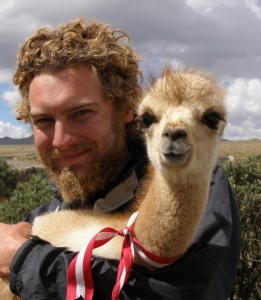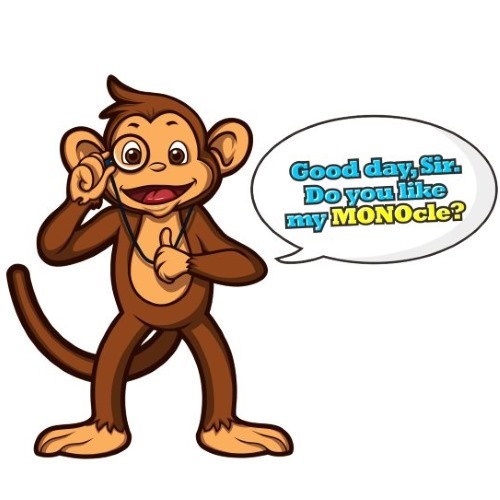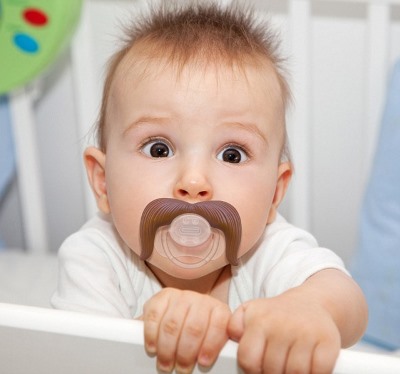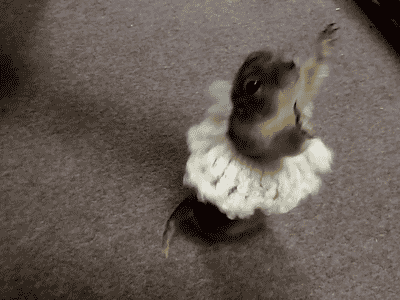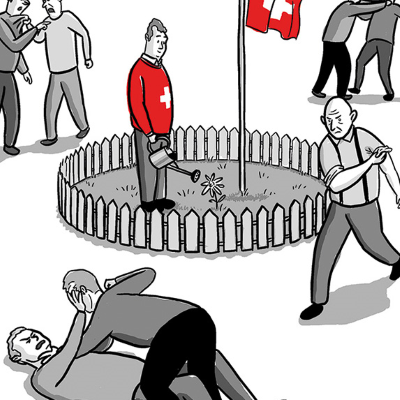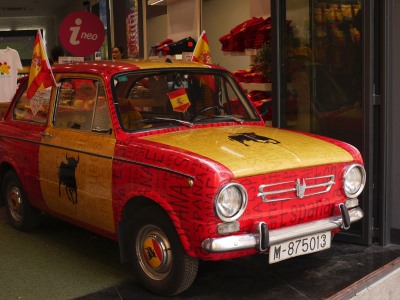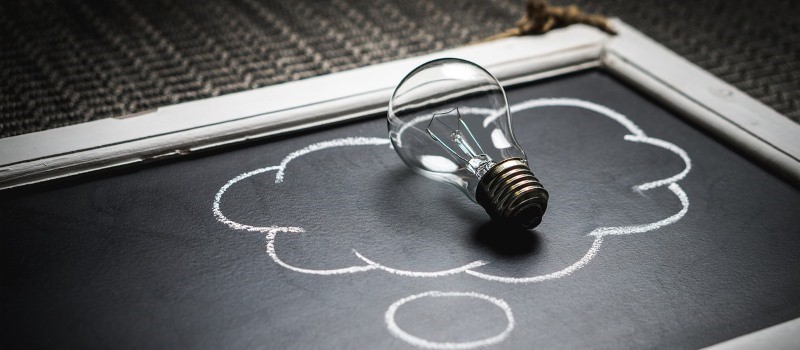
Have you ever gone into another room to get something only to forget what it was you wanted by the time you got there? I have. Regularly.
By all accounts, in day to day life I have a pretty terrible memory. It would take me an embarrassing amount of time to recall what I did last weekend.
You would think this would make it hard for me to memorize vocabulary…
But you’d be wrong.
If this sounds like you, and you think your memory is holding back your language learning then I have good news for you:
It’s not you. You just need to know the right tricks to use.
In this article I’m going to show you the easy method I learned from memory masters, that anyone can use. This technique helped me memorize 1000 words in a month – even if I would then still forget what it is I wanted to say...
A quick bit of background
In 2006 I didn’t know a word of Spanish (ok, I knew hola, cerveza, and por favour...) but one night, after a cerveza (that’s beer, for the non Spanish speakers) or three with some friends I ended up agreeing to cycle the length of South America.
Like you do.
It was one of those silly pub ideas that somehow ended up not just being an idea, and before I knew it we were planning the trip.
Long story short, I was going to be spending most of a year in Spanish speaking countries, the departure date was rapidly approaching and I didn’t know any of the language.
Around this time, I came across a book on memory techniques in a thrift shop, which had a section on learning vocabulary through mnemonics.
Knowing I had a terrible memory I thought I’d give it a go. I was skeptical but needed all the help I could get so thought it was worth a shot.
A week later and I was hooked! To my surprise I was able to recall words I never thought I would remember, and the progress was addictive.
I ended up learning around 1000 words in about a month and was able to get by with basic conversation.
This was the start of my language learning journey.
Me in my wild castaway days after 6 months on a bike in Peru.
What are mnemonics?
A mnemonic (the first m is silent), is any technique that helps you remember information by connecting it to something more meaningful or structured.
At school you might have remembered the colors of the rainbow using the acronym ROY-G-BIV.
That’s a mnemonic.
My science teacher taught us to remember the biological classification system (kingdom, phylum, class, order, family, genus, species) with the phrase Kinky People Can Often Find Good Sex!
The fact that I can still remember that 20 years later shows how well it works.
As you can see you’ve probably used mnemonics throughout your life without realizing what they were.
How do you use mnemonics to learn vocabulary?
Mnemonics for learning vocabulary are sometimes called link-words. They work by connecting the word you are learning to the English (or whatever your native language is) using silly images you picture in your mind.
To create a link-word mnemonic use this two-step process:
- Say the word you are learning to yourself over and over. What does it sound like? Does it remind you of an English word? You might need to break it down. Perhaps it sounds like two different English words.
For example, the Spanish word for monkey is mono. This sounds a bit like monocle. - Create a silly image in your mind using this new link-word and the English translation. Picture this is your mind for 10 seconds. Make it as vivid and exaggerated as possible. For example...
Imagine a monkey wearing a monocle.
The sillier you make it the more memorable it will be. Add in extra details, perhaps make him a posh British monkey, in a bowler hat saying “good day sir, do you like my monocle?”
Now, whenever you want to recall the Spanish word for monkey you think of that image, and it gives you a clue to the Spanish word.
It sounds really silly, but I assure you it works surprisingly well. This association technique is what memory experts use to remember lists of hundreds (or even thousands) of objects, or entire packs of cards.
I first used this 10 years ago and I can still recall a lot of those images I used today.
Try another one.
The Spanish for tin can is lata.This sounds a bit like letter, or later.
Imagine putting a LETTER in a TIN CAN for LATER.
Remember to hold that in your mind for 10 seconds. Even if the association seems convoluted or weak, it will help a surprising amount.
Making Mnemonics Even More Powerful
Memory research has shown that there are certain things we can do to make memories stronger, and we can use these in our mnemonics to super power them.
Use emotion
I bet you can easily recall a time you were really scared. What about sad? Happy? What about that time last Tuesday when you were just, meh? Less so, right?
Emotions make things stick in our heads. So add in emotion to your images. Make them funny, scary, sad. Include people you love or hate.
Make them personal
We remember things that have more significance to us. If the image includes a person, don’t just use a random person, use someone you know. Include things you like, hobbies, TV shows, music, places. Anything that has personal significance to you.
Make it ridiculous
The more ridiculous or nonsensical the image the better. Are you more likely to remember a regular monkey in a tree or a 50 ft monkey crashing down your road causing destruction?
The answer is the latter, in case you didn’t get that 😉
Exaggerate everything, make it bigger and brighter and sillier. Make inanimate objects talk.
What you find when you Google "giant monkey"... source.
Using Mnemonics to remember extra information
Mnemonics can be used to remember just about anything. We’ve seen how we can use them to remember words, but we can go further and use them to remind us of extra information about those words.
Using mnemonics to remember noun genders
Remembering the gender of nouns is a pain for English speakers. A seemingly pointless and unnecessary pain. I mean, why does a table need a gender?!
Some languages like Spanish have rules of thumb to follow for gender whcih makes it easier, but with others, like German, it’s down to you and your memory.
Mnemonics to the rescue!
To remember the gender of a word, you simply use an image that represents that gender and incorporate that into your main mnemonic.
For me, I use:
A big moustache for masculine nouns
Pacifier (el chupete) is masculine in Spanish, I bet you'll remember that now.
A tutu skirt for feminine nouns
Gopher (la taltaza) is feminine. Just TRY to forget that now.
A Swiss flag for neuter nouns in German
Switzerland is a famously neutral country (image source)
All you need to do is include this image in your main mnemonic for the word you are remembering.
Going back to our examples:
Imagine a monkey with a monocle and a big hairy moustache – and you’ll remember it’s masculine.
Imagine putting a letter in a tin can for later, and the tin can is wearing a tutu – and you’ll know it’s feminine.
It's important to note that you don’t need to use these specific images, you can use whatever makes sense to you (remember, make it personal) – but it must be consistent so whenever you remember that image you know what it means.
Using mnemonics to remember words that are the same in English
We all love it when we come across a word that is the same in English. *fist pump* If not you must be a masochist and I suggest you try Mandarin.
It might seem like you wouldn’t need any help with these but if you are learning a lot of words, and there are a lot of cognates, mnemonics can help remember which words are the same.
To do this you just need an image to signify this. I use the colors or flag of that country.
For example, the word taxi is the same in Spanish. To remember this I imagine all taxis in Spanish are red and yellow stripes, like on their flag. Simple.
Using mnemonics to remember verb types
In Spanish there are three different types of verbs based on their word endings (-ar, -er and -ir), which change how the verb is conjugated.
When learning a verb it is possible to remember the word but get the ending wrong. To help with this I use a special image that represents the verb type.
AR is pronounced AAH, so I use the image of a pirate – AAARRRRRRR verbs
Saltar means to jump
Imagine a pirate JUMPing over a big pile of SALT
ER is pronounced like AIR, so I use the image of HAIR
Correr means to run.
Imagine RUNning over a CORal reef made of hair
IR is pronounced like EAR, so I include EARs in my images
Compartir means to share.
Imagine having TO SHARE a COMPARTment on a train with a giant EAR
This example is specific to Spanish but the main takeaway here is that you can use mnemonics to remember all sorts of aspects of different languages – you just have to be a little creative and come up with your own rules.
What Next?
Try to come up with some mnemonics for your own. Leave a comment below to share them!
